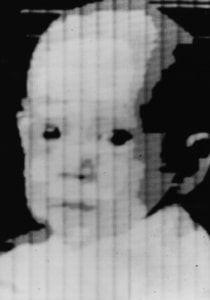What are digital media? This question sounds like it would be easy to answer. On closer look, however, the answer is anything but trivial. It is true that digital media includes those media that have been digitally encoded. However, if one wants to escape a circular definition, this finding needs further explanation. So before we get to the different categories and list the most important examples, let’s briefly clarify what a medium is and what digital encoding means. Ready? Here we go.
The conceptual history of “medium” is so complex that we will limit ourselves here to the fact that the word originally comes from Latin and meant something like “middle”. “Mediate” is not far away and so the function of a medium can also be remembered well:
A medium stores and conveys information.
This can be done analog or digital. If you want to know exactly what the fundamental difference is, then read on here, for example. We content ourselves with the statement that with digital information we are dealing with discrete values that can be represented (coded) with zeros and ones, while analog information is always continuous and cannot be coded in this form.

 https://www.teamnext.de/wp-content/uploads/2022/09/fotos-hochladen-und-verwalten.jpg
720
1800
Björn Buxbaum-Conradi
https://www.teamnext.de/wp-content/uploads/2022/03/teamnext-mediahub-logo-bunt.svg
Björn Buxbaum-Conradi2022-08-30 17:40:322024-11-28 16:25:18Upload and manage photos in the cloud: 4 different application types
https://www.teamnext.de/wp-content/uploads/2022/09/fotos-hochladen-und-verwalten.jpg
720
1800
Björn Buxbaum-Conradi
https://www.teamnext.de/wp-content/uploads/2022/03/teamnext-mediahub-logo-bunt.svg
Björn Buxbaum-Conradi2022-08-30 17:40:322024-11-28 16:25:18Upload and manage photos in the cloud: 4 different application types


